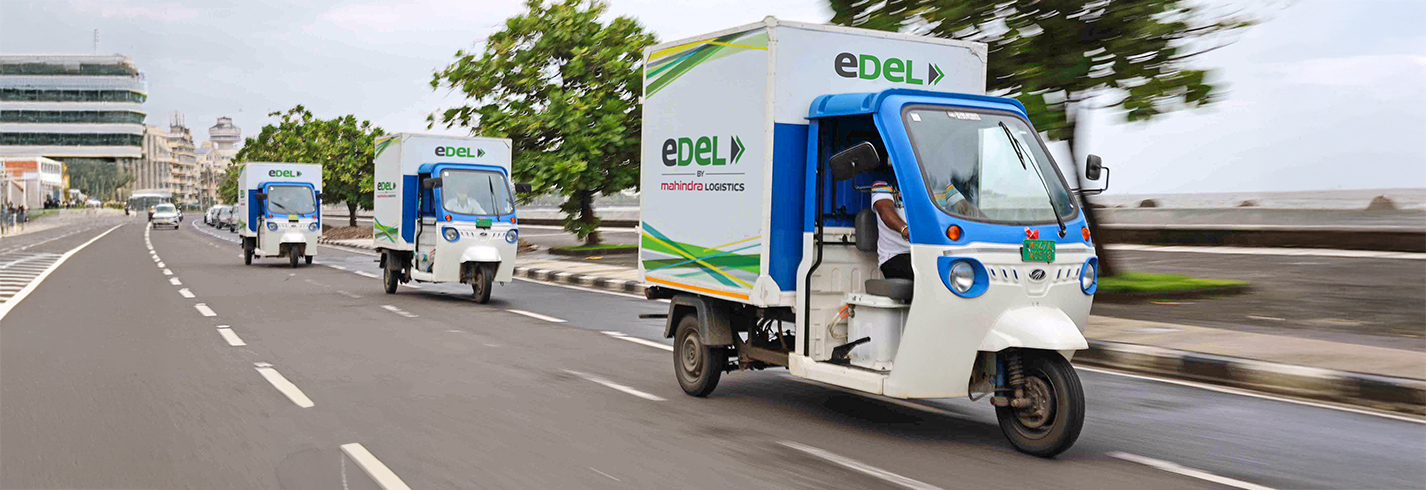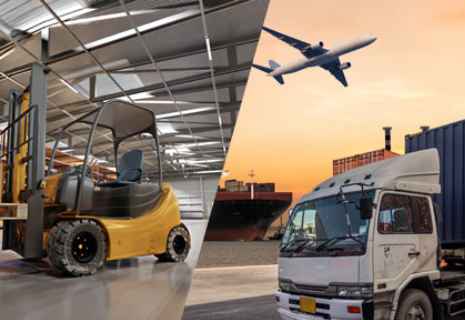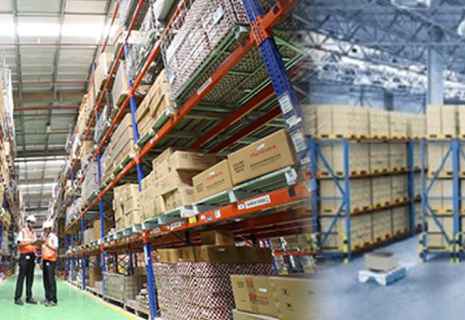
Why the Last Mile Has Become a Crucial Link in Sustainable Supply Chains
Sustainability isn’t just good ethics; it’s smart business. It boosts brand reputation, cost efficiency, and compliance. Supply chain operations, particularly the last mile, is a great space to focus on with controllable factors like vehicles, routes, and storage.
Wondering how the last mile delivery fits into sustainable logistics? This article covers its impact, effective strategies, and key metrics to turn the last mile green.
How the Last Mile Steers Supply Chain Sustainability
The first step towards green logistics is understanding how last mile logistics is a focal point. To help emphasize its potential, here are four key aspects to keep in mind:-
Most Active Leg for Carbon Emissions
Last mile delivery connects your finished product to the customer and involves multiple teams like demand planning, warehousing, and transportation. In fact, it generates one of the highest carbon emissions, paper waste, and inefficiencies in the supply chain. Optimizing these drives green logistics and creates a positive ripple throughout the supply chain. -
Dynamic Regulatory Changes
Regulatory changes in shipping norms or vehicle emissions can disrupt operations overnight. Since these government updates hit the last mile first, it is the most vulnerable to policy shifts. A last-mile delivery company that implements proactive, sustainable logistics keeps deliveries running smoothly. -
Front Lines that Must Adapt to Customer Expectations
While customers demand faster deliveries, they are willing to spend more on sustainable options. This growing priority shifts a green last mile from a differentiating factor to bare necessity. Green logistics in the last mile includes eco-friendly packaging, EV adoption, and carbon-neutral shipping. These elements garner brand loyalty and positive image. -
Most Susceptible to Logistics Inefficiencies
McKinsey reports inefficient interactions amount to nearly 19% of logistics costs annually. In fact, as of 2021 this translated to 485 million dollars in last mile alone. A large chunk of this includes miscommunications, information loss, and delays. Given the financial and environmental risk, a poorly structured last mile could offset all sustainability efforts in production and sourcing.
Key Strategies to Improve Last Mile Sustainability
India targets to achieve net zero emissions by 2070. Along with the potential of sustainable logistics, adopting strategies that boost operations is equally vital. Plus, most businesses address sustainability without any compromise on operational targets.
Here are four essential strategies for greener logistics and supply chain management:
- Implement real-time route optimization: Choosing the shortest and quickest delivery routes is the true north for transportation. Dynamic route planning adapts to live traffic and weather, using AI to optimize paths, cut emissions, and reduce costs. Data-driven route optimization by Mahindra logistics also eliminates unnecessary miles and idle time.
- Adopt a completely green fleet: Switching to EV delivery cuts tailpipe emissions, making last mile deliveries cleaner. It also enables IoT integration for better vehicle maintenance and logistics insights. Industry-leading solutions like eDeL by Mahindra Logistics drive green logistics with a wide range of EV fleet and even nationwide charging infrastructure.
- Set up urban logistics hubs: Another green logistics solution is smart warehousing. Establishing micro-fulfilment centres closer to customers shortens delivery distances. The hubs also optimize power consumption for EV delivery fleets and minimize congestion. Topping urban logistics hubs with solar-powered warehousing avoids tonnes of CO2 and conserves energy.
- Create efficient reverse logistics: Last mile logistics also includes returns. While often overlooked it is an aspect designed to manage customer satisfaction. Efficient reverse logistics practices include smart consolidation, local hubs, digitized paperwork, and AI-driven processing.
Key Metrics to Measure Sustainability for the Last Mile
Here are a few metrics that are excellent indicators of how well you’re doing in last mile logistics:- Delivery success rates: Fewer failed attempts mean lower fuel waste and higher efficiency
- Fuel efficiency: Track fuel used per mile and trip to identify waste and improve sustainability
- Distance per trip route: Shorter, optimized routes cut fuel use and carbon impact
- Carbon footprint per delivery: Measure emissions per shipment to review sustainability progress
- EV adoption: Higher electric vehicle usage reduces emissions and fuel costs. Reaching 100% adoption rates also keeps you compliant with future sustainable logistics goals.
Drive Efficient and Sustainable Logistics with eDeL by Mahindra Logistics
Mahindra Logistics is among your business’s best partners, especially considering its dedicated eDeL platform solution, experience in EV ecosystems, and solar-powered warehousing.
Ready to reshape your last mile’s environmental impact? Contact us for expert guidance at enquiries@mahindralogistics.com.
FAQs
1. Why is supply chain sustainability so important nowadays?
Ans: Optimizing supply chain operations is a very direct way to reduce a business’s environmental impact. Sustainable logistics has gained traction because it helps businesses stay compliant, enhance their reputations, and drive long-term savings.
2. What role does last mile delivery play in the supply chain?
Ans: An effective last mile delivery service is the final customer-facing supply chain experience. This makes it crucial to define everything from customer interactions to product quality.
3. How does last mile delivery affect the environment?
Ans: Last mile deliveries are a highly active part of business operations, contributing to carbon emissions, fuel consumption, and urban congestion. That’s why any improvement quickly reflects on the environment.
4. What are the best ways to improve last mile deliveries?
Ans: Given how vast green logistics is, numerous segments could be addressed. Here are a few of the most effective ways:
- Real-time route optimization
- Adopting a green fleet
- Urban logistics hubs
- Efficient reverse logistics practices
5. What are a few metrics that reflect supply chain sustainability?
Ans: To measure your supply chain sustainability well, consider these key metrics:- Carbon footprint per delivery
- Fuel efficiency per trip
- EV adoption rates
- Delivery success rates





